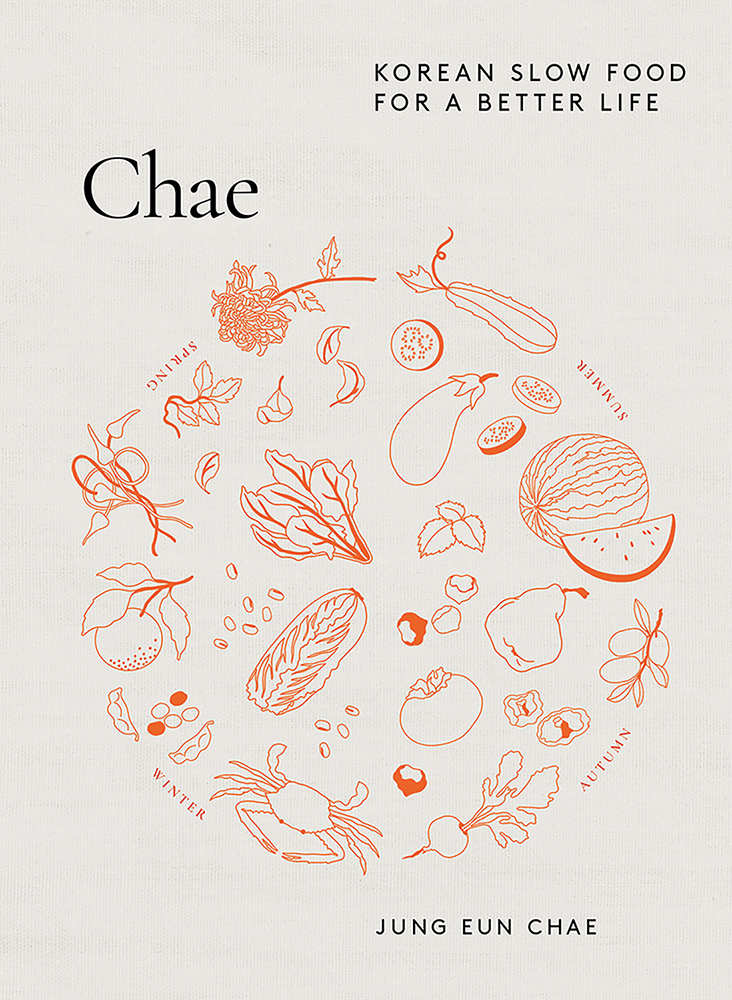Koreans serve this chilli-rich red soup at funerals because the colour is believed to ward off evil spirits and bad luck. Also, beef is a luxury ingredient so it’s a prestigious soup to serve to guests. Of course, these origins are mere folk tales that have lost their relevance in today’s modern context. Nowadays, this dish has transformed into a go-to option for when you’re craving satisfying, hearty and spicy comfort food. Serve with radish kimchi and rice for a perfect meal.
Serves
4
Ingredients
- 500g piece of beef brisket
- 1 tablespoon vegetable oil
- ½ tablespoon sesame oil
- 2 tablespoons gochugaru (Korean red chilli powder)
- 1½ tablespoons cheongju (clear rice wine) or soju
- 3 litres (12 cups) anchovy & kelp broth*
- 300g mung bean sprouts, washed and trimmed
- 50g gosari (dried bracken; see Tip), boiled for 15 minutes until soft, then cut into bite-sized pieces
- 30g spring onions (scallions), trimmed and cut into 5cm lengths
- 100g shiitake mushrooms, sliced
Yukgae Jang Seasoning
- ½ tablespoon sesame oil
- 2 tablespoons gochugaru (Korean red chilli powder)
- 1 tablespoon minced garlic
- 50ml traditional Korean soup soy sauce
- ½ tablespoon fine sea salt, or to taste
- ½ teaspoon ground black pepper, or to taste
*Anchovy & Kelp Broth (Myeolchi Dasima yuksoo 멸치 다시마 육수)
MAKES 2 LITRES (68 FL OZ/8 CUPS)
Broth is a universal ingredient in many types of cooking, and Korean cuisine is no exception. Whether you’re preparing a spicy stew with aged tangy kimchi, or delicately seasoned herbs to accompany a bowl of rice, broth acts as a blank canvas that can be tailored to suit your culinary needs. In this book, anchovy and kelp broth is widely used as a base for many recipes.
5 x 5 cm (2 x 2 in) piece of dried kelp 15 g (1⁄2 oz/2 cup) dried anchovies
Place the kelp and anchovies in a saucepan with 2 litres (68 fl oz/8 cups) water and bring to the boil over a high heat. Reduce the heat and simmer for about 15 minutes.
Remove the solids and store the broth in an airtight container in the fridge for up to 3 days.
Directions
Soak the beef in cold water for 2 hours to remove the blood.
Grease a pressure cooker with the sesame oil and vegetable oil and heat on medium.
Drain the beef, then sear on all sides for about 3 minutes, or until golden brown. Add the gochugaru and cheongju and sear for another 2 minutes.
Add the anchovy and kelp broth, seal the pressure cooker and cook on high until the pressure cooker whistles.
Once the cooker whistles, leave it on high for another 2 minutes, then reduce the heat to medium and cook for another 20 minutes. Turn off the cooker and leave the meat to simmer in the residual heat for about 10 minutes. Remove the beef and set aside to cool. Once cool enough to handle, shred the beef with your hands. Skim any fat from the surface off the broth and set aside.
For the yukgaejang seasoning, heat the sesame oil in a saucepan over a high heat and stir-fry the mung beans, gosari, spring onion and shiitake mushrooms with the gochugaru and garlic. When the vegetables soften, after about 5 minutes, add the shredded beef and broth and bring to the boil over a high heat. Once boiling, reduce the heat to low and simmer for 10 minutes. Add the soup soy sauce, salt and pepper to the soup.
Place the meat in a stone pot and add the hot soup and vegetables. Serve with kimchi and rice.
Tip
Called gosari in Korean, and sometimes known as fernbrake in English, these fern branches are dried and sold in packets. These are very stiff so make sure to soak in water for 6 hours to soften.

Recipe extracted from Chae: Korean Slow Food for a Better Life by Jung Eun Chae
Published by Hardie Grant Books, RRP $70
Photography: Armelle Habib






